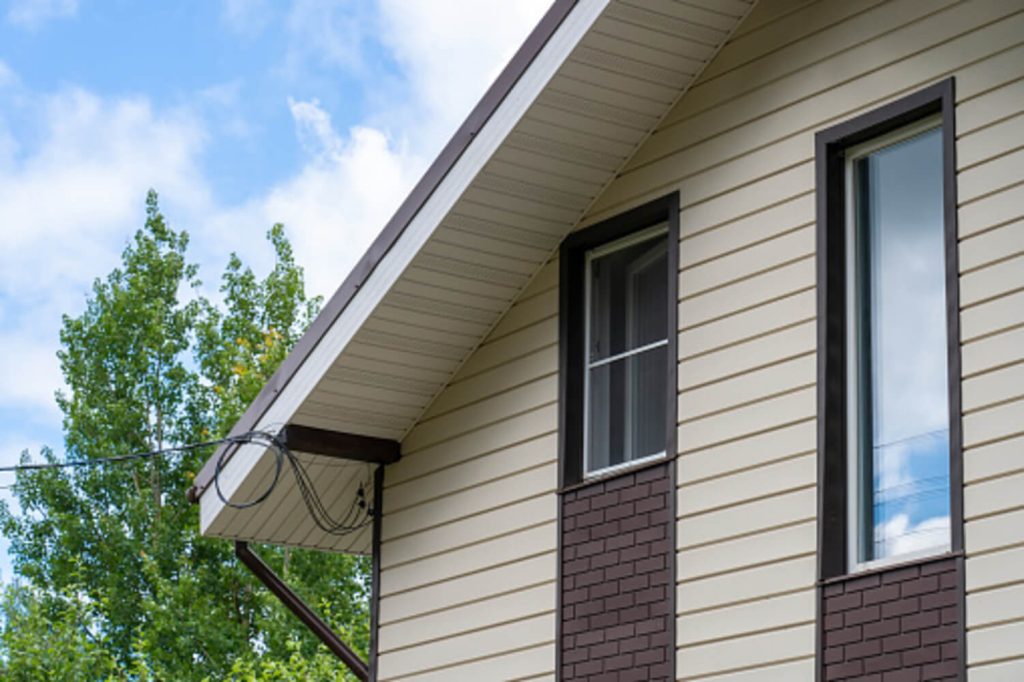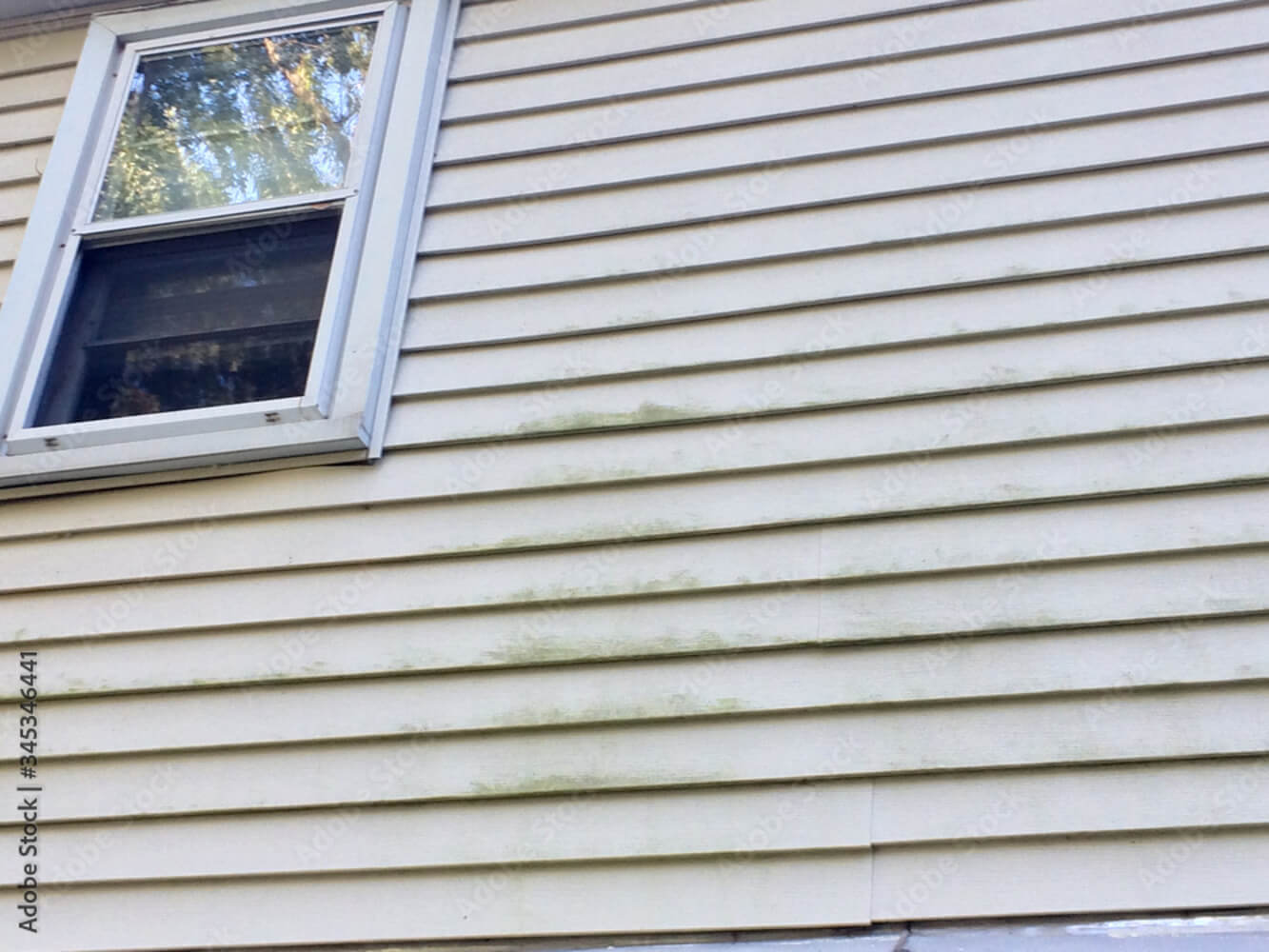Is it Time to Repair or Replace Your Vinyl Siding – How to Tell
Siding is an essential component of a home, which adds character to its exterior. A well-maintained siding also boosts your house’s curb appeal, property value, energy efficiency, and integrity. But most importantly, it protects you from the elements, keeping you comfortable throughout the year. So, it’s only right to keep it in perfect condition. Fortunately, doing so is easy enough. Here is a quick guide to help maintain your home’s vinyl siding.
Rotting and Warping
When you see these signs popping up on your vinyl siding, it’s probably already beyond help. Luckily, these damages are not that hard to notice. All you need to do is to have a thorough walkthrough around your house. Look for cracks, big or small, and touch the siding to examine if the layer beneath the paint is still solid. In case something’s wrong, it might be wise to ask for professional help as soon as possible. Because if not replaced immediately, more troubles may follow.
Cracks and Holes
Cracks and holes are common setbacks for vinyl siding. This is often caused by the elements, such as wind, snow, rain, and sun, as well as small animals, insects, and debris banging on your home’s exterior. But there’s nothing to worry about. These kinds of damages are often DIY-friendly and only need minor upkeep. Simply apply caulk to small holes and cracks. Ensure to overfill it for better sealing, then let it dry for at least a day. After it dries, you can now scrape off the residue on top to create an even surface. On the other hand, bigger holes require a little more work but are still doable. Prepare a fitted patch of vinyl siding. Put caulk on its back and around the edges of the damage. Proceed to insert the patch on top of it. Place it carefully and leave it for 24 hours to dry. Once that’s done, clear off excess caulking. A touch of paint will make it so like cracks and holes weren’t there in the first place.
Fungus, Mold, and Mildew Growth
Although fungus, mold, and mildew doesn’t always spell bad news, it’s still a concern that needs some further inspection. Why? Because they grow wherever there is moisture. This may mean that there’s water leakage in your property stemming from damaged vinyl siding. Keep a constant eye out for these substances, especially around the seams. They affect not only the appearance of your home but also your and your family’s health. Clean it with mild detergent and water, and make sure you do it thoroughly, not leaving a single trace. You might also want to consider completely replacing them. This guarantees that mold and mildew won’t be back any time soon.

Siding Starts to Fade Easily
Vinyl is designed to retain its color under different weather conditions. However, its weatherproofing quality may deteriorate over time. This results in severely faded siding. But this doesn’t imply that they’ve become useless. You can still paint them anew to restore their beauty. Nevertheless, upgrading your vinyl siding would also be wise since you’ll have to spend some money either way.
Prominent Blisters
Blisters or bubbles on your siding are a major red flag. Be wary. Siding should keep moisture away from your home. This ensures your home’s structural integrity, looks, as well as your well-being. But when there are visible blisters or bubbles, it’s likely not doing its primary function, which results in moisture penetrating the siding. You may want to take action now and place new ones before more problems arise.
Abnormal Increase in Energy Consumption
There are various reasons for the increase in your energy bills. It may be that the cost of electricity has gone up or you’ve just been using appliances and electronics more than usual. Another factor, which many tend to overlook, is bad siding. But how does this affect energy consumption? Beyond appearance and protection, siding also serves another purpose – to help regulate your home’s temperature. So if you have old or damaged ones, their insulation properties become less effective, leading to more energy usage and costlier heating and cooling bills. When this happens, it may be time to install a new siding.
Siding Needs Frequent Painting
Constantly repainting your home is such a headache. Normally, vinyl siding only needs fresh paint once every 8-10 years. However, some homeowners find themselves repainting their property more often. If you’re experiencing the same, you probably need to reconsider. Have you thought that maybe the siding is the problem and not the paint? If you notice chipping or peeling, this might be true for you. Replace it with better, long-lasting vinyl siding to save you time and money in the long run.
Interior Paint is Peeling
Is there any peeling in your home’s interior paint and wallpaper? The first thing you have to do is survey the inside of your house. However, if you can’t identify any internal issues, it may be because of bad siding. It allows heat and moisture to permeate through the layers of your wall, causing indoor damage. Don’t let this continue. Call a pro to replace your worn-out vinyl siding.

Conclusion
Without a doubt, vinyl and all types of siding won’t last forever. What you can do, though, is make it last longer with some light maintenance. Just keep in mind to promptly repair or replace vinyl siding once it gets old or damaged.

Leave a Reply